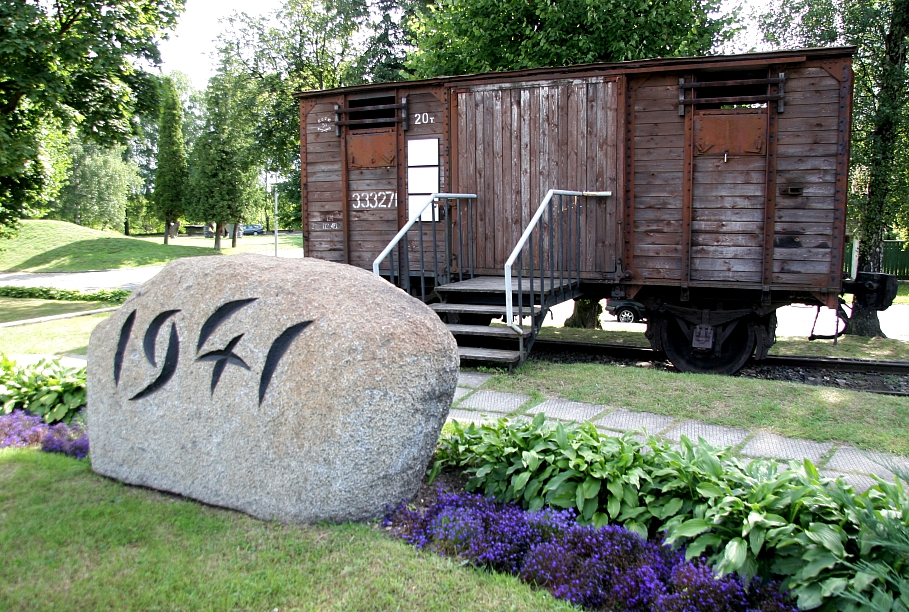President Egils Levits is due to meet survivors of the deportations at Rīga Castle and to lay flowers at the Freedom Monument.
Foreign Minister Edgars Rinkēvičs also provided a timely reminder on social media.
Today the Baltic states mourn victims of June deportations, thousands of innocent men, women and children were deported and killed in 1941 by Stalin and his henchmen. We’ll never forget crimes of the Communist regime #Jūnijadeportācijas #Juuniküüditamine #Birželiotrėmimai ??????
— Edgars Rinkēvičs (@edgarsrinkevics) June 14, 2020
People traditinoally gather at the rail stations from which people departed in cattle trucks - many never to see their homes again - to speak and lay flowers in memory of the victims of one of the most brutal examples of collective punishment in history.
There were two main waves of deportations, one in the wake of the Soviet Union's 1940 occupation of independent Latvia, which saw more than 15,000 people (including 2,400 children under the age of ten) loaded into cattle trucks on June 14, 1941.
Families were separated. Some children never saw their fathers again. There were numerous deaths during the journey of thousands of kilometers in cramped, unsanitary conditions.
According to the Museum of the Occupation of Latvia, things got no better when they reached their destinations: "Conditions in the hard labour camps were inhumane. The inmates lost their identities, and were terrorised by the guards and criminal prisoners. Food rations were meager, and did not replace the calories expended through work. People grew weak, and were crippled by diarrhoea, scurvy, and other illnesses.
Winters were marked by unbearable cold, and many did not survive the first one. Only a small part of those deported in 1941 later returned to Latvia. The families in forced settlement had to fend for themselves in harsh conditions; the death rate among the very young and the elderly was likewise high."
A second wave of deportations on an even larger scale, involving some 42,000 men, women and children took place on 25 March, 1949.
You can read more facts about the deportations HERE.
An excellent multilingual online virtual museum about the experiences of children deported to Siberia is HERE.


























